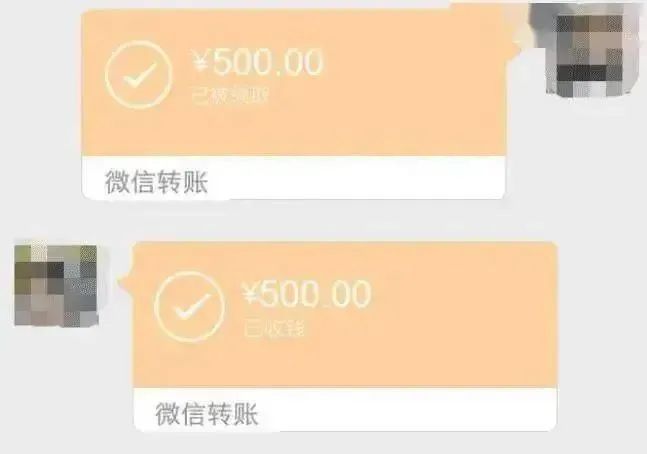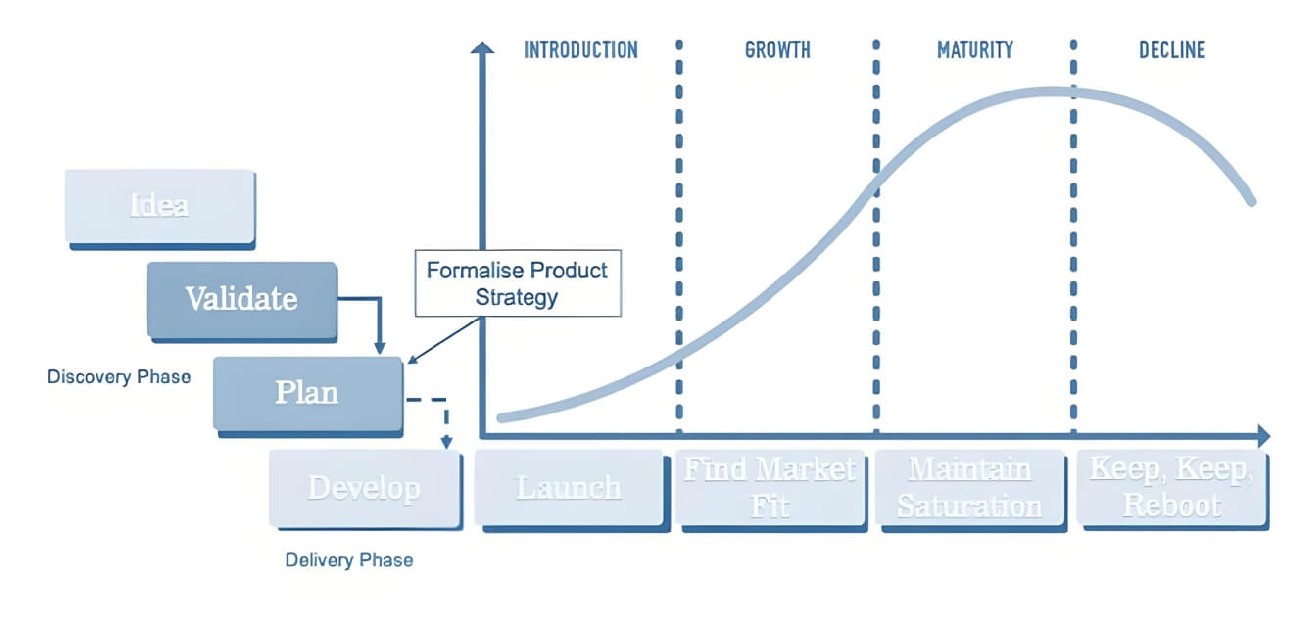Discover the reasons behind the differing transfer mechanisms of WeChat and Alipay. Learn how their approaches to security, user experience, and brand positioning shape their strategies in mobile payments.
In the wave of convenient mobile payments, WeChat and Alipay—the two giants in this field—have adopted vastly different design philosophies for their transfer mechanisms. This article delves into the underlying logic behind WeChat's confirmation requirement and Alipay's instant transfer model, shedding light on their differing strategies regarding security, user experience, and brand positioning.
With the rapid development of mobile internet, mobile payments have become an indispensable part of our daily lives. In this payment revolution, WeChat Pay and Alipay are undoubtedly the two leading players. However, observant users might have noticed a distinct difference in their transfer experiences: WeChat transfers require recipient confirmation, while Alipay achieves instant transfers. What considerations and logic lie behind this difference?

Why WeChat Requires Confirmation for Transfers
WeChat’s introduction of a confirmation mechanism is primarily driven by its emphasis on transaction security. As a social platform, WeChat transfers often occur within a complex and dynamic social network. Transactions can happen between friends, colleagues, or even strangers. Against this backdrop, the risks of errors or fraud increase.
The confirmation mechanism adds an extra layer of protection for users. After initiating a transfer, the recipient must confirm receipt within a certain timeframe. This provides the sender an opportunity to "regret" the transfer. If they realize they sent money to the wrong person, they can cancel the transaction before the recipient confirms, effectively preventing financial loss due to momentary oversight. Additionally, this mechanism offers a window for users to verify the recipient’s identity and the authenticity of the transfer request, reducing the risk of scams.
Moreover, the confirmation mechanism reflects respect for the recipient’s control over their funds. In scenarios involving goods or services, the confirmation process upholds the principle of “inspect before you pay.” This not only helps maintain transaction fairness but also enhances user trust in the platform.
Why Alipay Chooses Instant Transfers
In contrast, Alipay opts for an instant transfer model, a design rooted in its extensive experience in electronic payments and its accumulated user trust. From its inception, Alipay has been positioned as a professional online payment tool, and its core user base tends to have a relatively high level of trust in online transactions. As a result, the instant transfer model better meets users' needs for efficient transactions, particularly in scenarios such as e-commerce shopping and bill payments.
Of course, Alipay’s instant transfer system is not without safeguards. Alipay has a robust risk control framework capable of monitoring transaction behavior in real time and intercepting suspicious transactions promptly. Even without a confirmation mechanism, Alipay can effectively ensure transaction security. Additionally, Ant Financial’s Sesame Credit and other credit evaluation systems create a transaction environment based on personal credit. The high creditworthiness of its user base further reduces uncertainty in transactions, making instant transfers both possible and reasonable.
Reflecting Brand Positioning and Market Strategies
The differences in transfer mechanisms between WeChat and Alipay also reflect their distinct brand positioning and market strategies. WeChat, as a representative of social platforms, integrates its transfer function into social interactions, such as chats and red envelopes. Thus, the emphasis on security in its design is particularly critical. In contrast, Alipay, leveraging its image as a professional payment tool and its strong risk control and credit systems, provides users with an efficient and convenient transaction experience.







